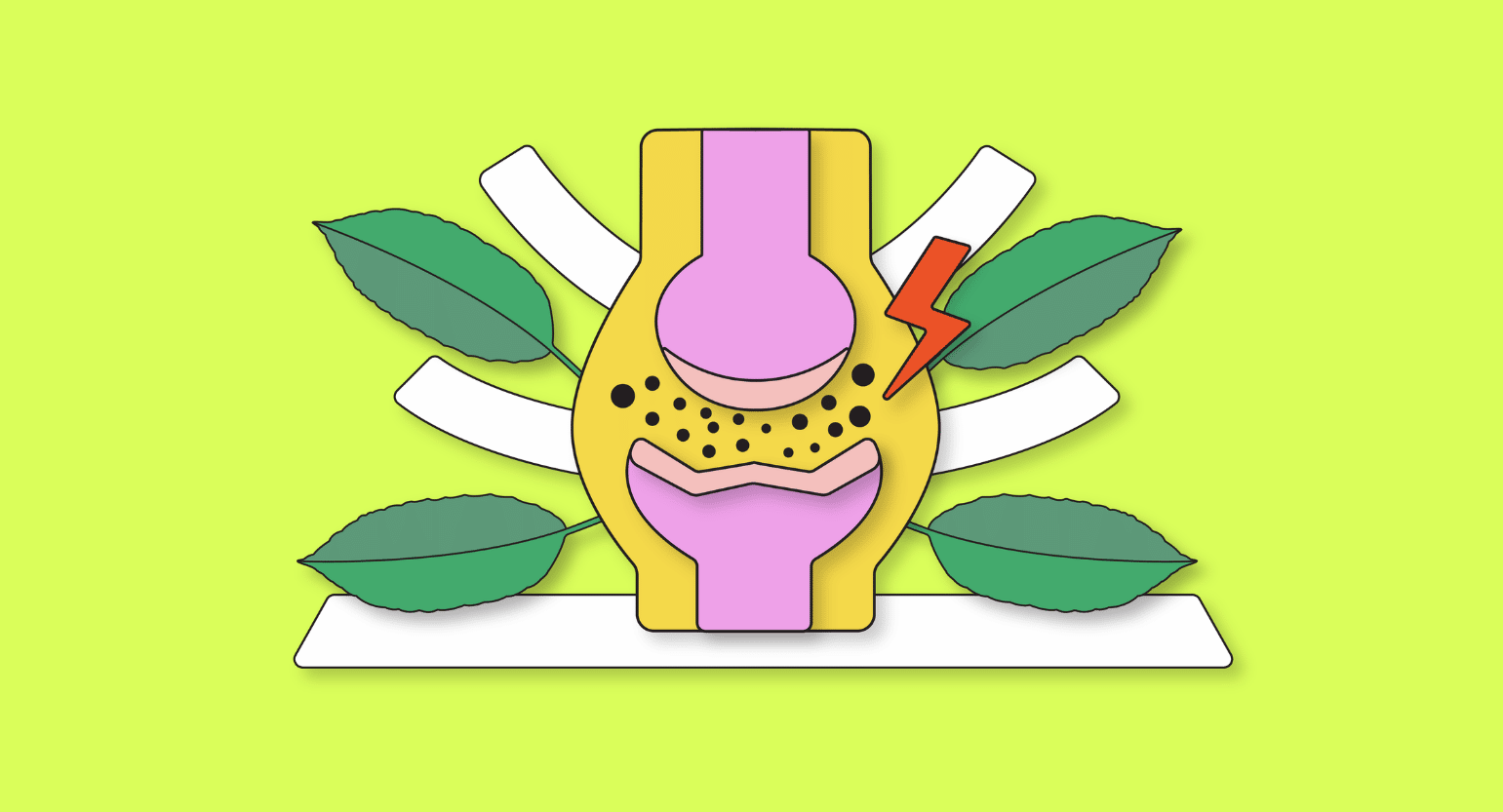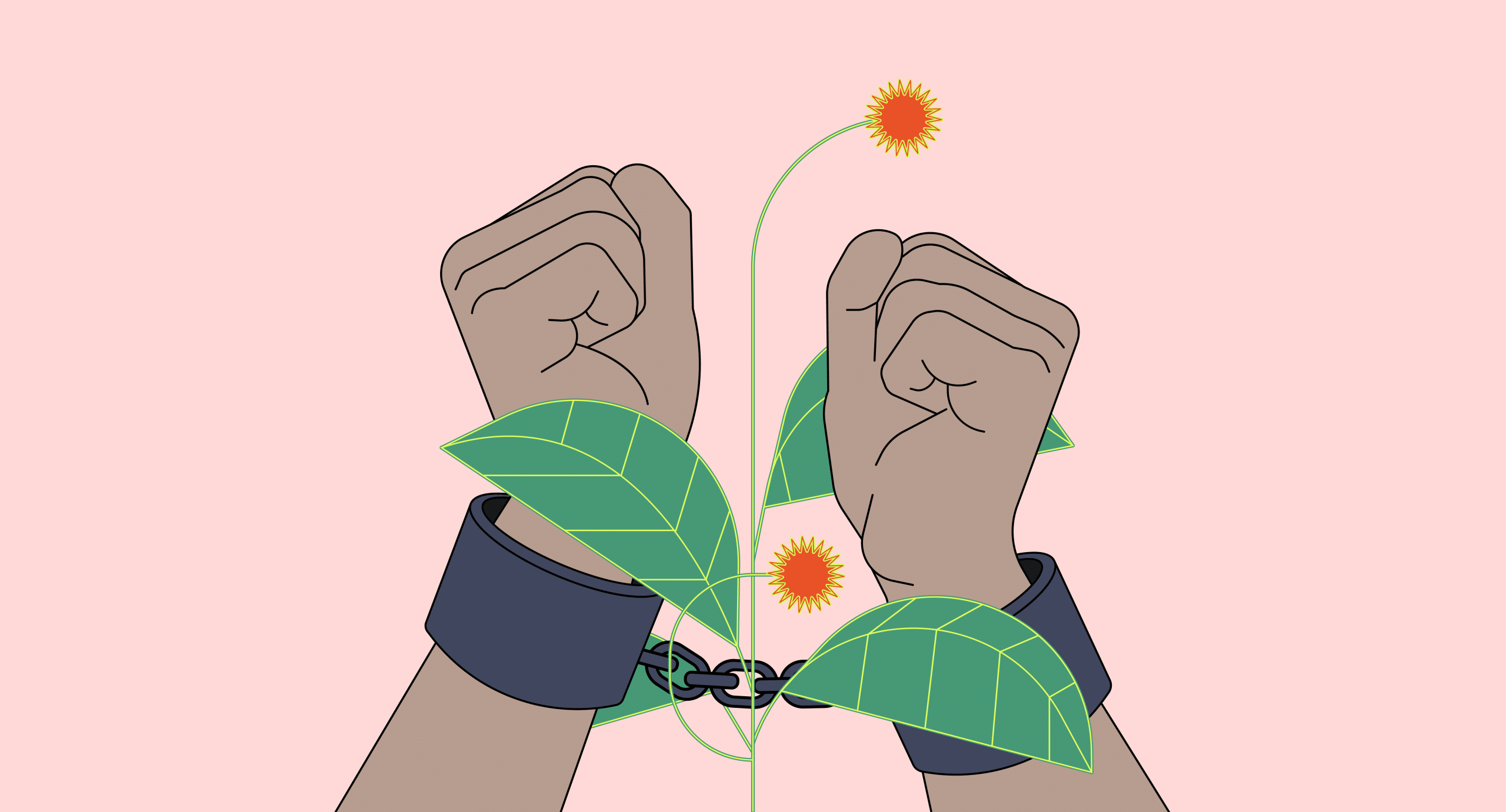Will Kratom Make Me Nauseous?
Some side effects are more likely to happen with certain strains. However, kratom can cause several side effects regardless of your type of strain.
These can include:
- Addiction and dependence
- Brain fog
- Loss of motivation or sex drive
- Lethargy
- Emotional changes (irritability, blunted feelings, outbursts)
- Digestive issues including constipation and nausea
So there’s your answer. Kratom can, indeed, cause nausea, and it doesn’t matter what strain you are using. It’s more about how you’re using the kratom and what dosage you’re taking.
What Causes Kratom Nausea?
Numerous things can contribute to kratom nausea. Some of these can be mediated or outright prevented, although some nausea results from improper use or abuse and only improves with time.
Nausea As a Result of Opioid Activity
Several of the alkaloids in kratom are active in the brain’s opioid system. This is the same system used by our naturally-produced pain-killing substances, called endorphins, and synthetic and plant-based pain-killing opioids, such as morphine.
When the opioid system becomes too stimulated, nausea can be a side effect, but it depends on the opioid, the individual’s constitution, and the dosage. In some cases, opioids can prevent nausea.
However, as most people are surprised to learn, opioid-induced nausea is generally a sign of proper brain functioning.
Dosage
One of the most common reasons people experience nausea from kratom is because of the dosage they take. If you’re using an extract, this could be from vestibular or vagus over-excitation.
More likely, however, it is a mechanical issue.
This means that people are experiencing nausea because the kratom is physically irritating the body. Kratom is rough, fibrous, and difficult-to-digest plant matter. If you’ve ever tried to eat a leaf before, you’ll understand how unpalatable they are.
As powdered and ground up as it might be, kratom is still a leaf, and the average dose would be at least one very large kratom leaf. Your body then has to digest this. It’s not hard to imagine why chewing and swallowing an entire leaf would make you feel queasy.
Taking too high of a dose can further contribute to this problem. Make sure the amount you take is right for your needs by using a dosage calculator.
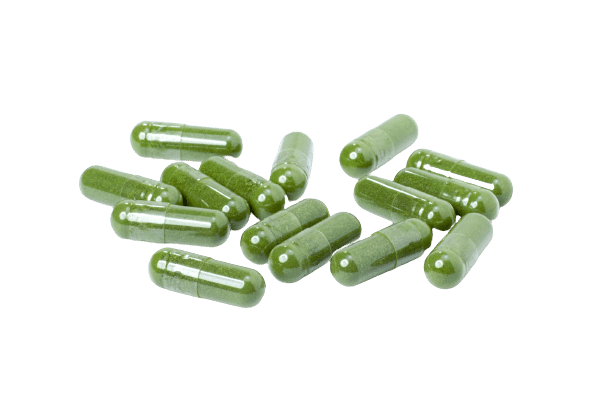
Taste
Most people find kratom tastes terrible. On top of this, it’s incredibly astringent, producing a feeling of dryness wherever it comes into contact with the mucus membranes of the mouth and throat. For these reasons, kratom can cause people to throw up immediately after taking it.
Addiction & Withdrawal
If your kratom habit is large enough that you’re struggling with an addiction or dealing with withdrawal symptoms, you’re already familiar with nausea. However, kratom can continue causing digestive issues even after you stop using it
due to the physically addictive nature of the plant.
Physically addictive substances change the way your body chemistry works. Drugs and supplements provide your body with fake or replacement versions of chemicals it naturally produces.
When you stop taking the substance, your body doesn’t remember how to produce those chemicals on its own. Enter withdrawal. Other factors can also contribute to withdrawal, but this induced chemical imbalance is one of the most major.
Unfortunately, kratom has one of the most versatile alkaloid profiles of any commonly-consumed plant. These alkaloids affect many different systems in your body and cause a diverse range of withdrawal effects.
Physical discomfort can include muscle and joint pain, digestive issues, restlessness, a sensation of crawling skin or restless legs, and general malaise.
The mental symptoms of withdrawal can also be quite a challenge. People addicted to both prescription opioids and kratom often say that the emotional aspect of kratom withdrawal is much more intense than any sort of emotional difficulties faced when quitting conventional prescription painkillers.
Symptoms can range from intense anxiety to prolong depression, irritability and mood swings, brain fog, and difficulty finding pleasure in everyday activities.
Nausea and vomiting aren’t nearly as common with kratom withdrawal as with withdrawal from more potent opioids. Since the alkaloids don’t interact as much or as powerfully with the chemoreceptor trigger zone when compared to something like morphine or oxycodone, your body has less to contend with during withdrawal.
Conventional opioid withdrawal necessitates that the chemoreceptor trigger zone restabilizes itself after being constantly stimulated and desensitized for weeks, months, or years. This is why opioid withdrawal is characterized by nausea and vomiting.
Some of the alkaloids in kratom will trigger this same part of the brain but nowhere near as intensely. As such, the CTZ never falls too far away from its ordinary capabilities.
Users of heavy red strains rich in 7-OH-mitragynine may be more likely to experience nausea. Because of its increased activity at the opioid receptor sites, this alkaloid has a more significant influence on the CTZ. These heavier strains can cause the wobbles, whereas lighter strains that are more stimulating usually do not.

Avoiding & Managing Nausea
Naturally, you want your burn to be as pleasant as possible and reduce the chance of side effects.
Here are a few tips on avoiding kratom-related nausea.
Avoiding Nausea In the First Place
The best thing for you to do is, naturally, prevent yourself from getting nauseous in the first place.
Lower Your Dosage
If you’re taking high enough dosages to cause nausea, chances are you’ve already got a fairly significant kratom tolerance. If this is the case, then you should consider reducing your dosage.
Don’t fret over this, however. If you come from a history of drug usage, you know that reducing the amount of a substance generally reduces its effects. The same is not always true of kratom. In fact, most people report that taking less kratom tends to only reduce the negative side effects.
Because of the complicated interaction between different alkaloids in kratom, the plant has a rate-limiting effect, leading to a popular phrase among kratom enthusiasts: “less is more.”
Unpleasant effects like nausea start to emerge at higher doses and can disappear when you take less. Your buzz might change, but it usually becomes more energizing for a short time.
Take An Antacid Prior & Eat After
Many people report that taking an antacid before their kratom dose is a great way to help reduce nausea. However, be cautious since doing this can also potentiate your dose.
This solution sounds appealing, but remember, it may strengthen your kratom tolerance. Your body may also become dependent on antacids and cease producing acid on its own, which can lead to many digestive issues.
Another way that you can prevent nausea is by eating some food as you start to feel the kratom kicking in, about 15-20 minutes after you’ve consumed it. Some claim that this jumpstarts their metabolism and enhances the burn, but this is up for debate. Having food in your stomach will minimize the discomfort.
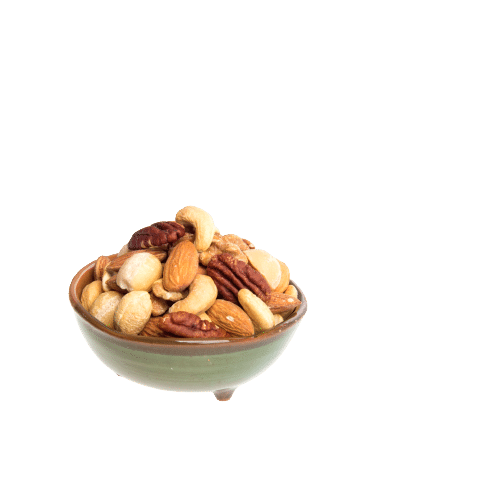
Managing Nausea Once it Starts
Uh oh! So you weren’t able to prevent yourself from getting nauseous. No worries, there are still many things that you can do to get rid of nausea.
Antacids
Again, don’t use antacids regularly or every day but if you are stricken with intense nausea, you may want to pop an antacid.
Baking soda works perfectly well if you don’t have any antacids available. Mix half a teaspoon of baking soda with a glass of warm water and drink it down. This mixture can soothe your stomach just as quickly as any other antacid
because baking soda is a bicarbonate, and most bicarbonates are alkaline substances that eliminate acids. Typically, over-the-counter antacids contain bicarbonate. Sodium bicarbonate is a bit more salty but otherwise functions similarly.
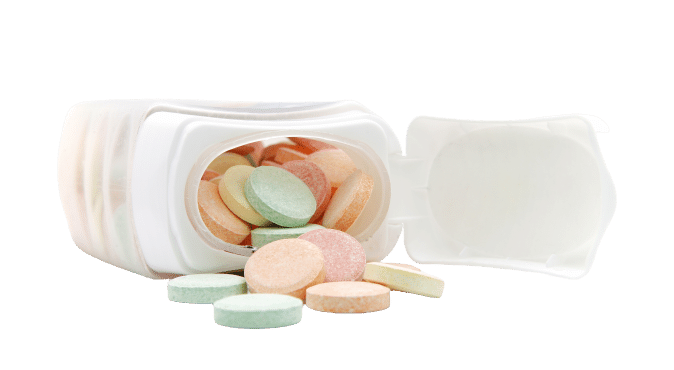
Use Motion Sickness Drugs
Kratom can interfere with the function of the inner ear, thereby causing nausea and disorientation similar to that of motion sickness? Well, lucky for you, you might be able to eliminate your nausea by using motion sickness drugs.
These drugs will be especially effective if you are struggling with the wobbles. Since this collection of symptoms is likely due to impaired inner ear function, these drugs should help.
Motion sickness drugs, it should be noted, are also often used as potentiation substances. They often produce drowsiness and sedation. While adding extra sedation to a burn would technically be considered synergy instead of potentiation, it’s still something to be cautious of.
Start Drinking Kratom Tea
If you’re still tossing & washing your kratom, this could easily be the source of your nausea. One way to improve things is to switch to drinking kratom tea.
Kratom tea often seems less potent unless you’re drinking the sludge at the bottom of the cup. If you are and experience nausea, then you should stop. Either strain out the liquid or leave a small amount of tea with the sludge.
There are different techniques and tricks for making tea, all with varying reports of efficacy and success. We’ll just recommend making the tea as palatable as possible for simplicity’s sake.
Lots of sugar is most peoples’ first choice. However, it’s also the least healthy thing you could do when consuming a herb like kratom. Sugar causes enough adverse reactions on its own; no sense in mixing in the absurd amounts necessary to counteract the bitterness of kratom.
Honey is a much better alternative. It’s like sugar except tastier, less-processed, and healthier. If you can afford it and want to ramp your immune system up, try and use manuka honey. But don’t feel bad if you can’t; the stuff is crazy-expensive.
Cinnamon, fennel, and other warm/sweet spices are great for countering the harsh bitterness.

The Science of Nausea & Opioids
Within the brain are many fluid-filled cavities called ventricles. They are involved in a bunch of different functions, just like every other part of the brain.
At the bottom of the fourth ventricle, there lies something called the chemoreceptor trigger zone (CTZ). The job of this zone is to identify compounds that have no business being in human blood.
Next to the CTZ, there is something called the medullary vomiting center. As you would expect a vomiting center to do, this area in the brain is responsible for activating and modulating the process of vomiting. So, when the CTZ recognizes something unfamiliar or toxic in the bloodstream, it alerts the vomiting center, which triggers the actual process of throwing up.
If the term chemoreceptor didn’t tip you off, you might be interested to know that this is the same process by which cancer patients in chemotherapy end up vomiting.
A completely separate mechanism involves what is known as the vestibular apparatus. This part of the inner ear is responsible for feelings and sensations like car sickness and dizziness.
It consists of two structures within the human ear’s incredibly complex and masterful design. These are the vestibule and the semicircular canals.
Opioids can directly stimulate this system. When the vestibular apparatus is activated, it communicates directly with the brain’s vomiting center through histamine and cholinergic pathways. In other words, opioids can directly cause a sensation similar to carsickness.
Another way opioids can induce nausea is related to one of the other side effects they can cause: constipation.
Not only does constipation cause an uncomfortable sensation of bloating that can feel like nausea, but it also stimulates a part of the body known as the afferent cholinergic pathways. Also known as the intestinal cholinergic anti-inflammatory pathway, this network is associated with the vagus nerve.
Excessive material in the bowels can trigger the vagus nerve and lead to nausea. Some of the laxatives used to treat opioid-induced constipation can also cause activation of the vagus nerve.

How Does This Apply to Kratom?
Researchers have studied the interaction of strong pharmaceutical opioids and the human body. It’s believed that equivalent doses of any opioid will contribute to nausea.
Kratom does contain alkaloids like mitragynine that, in their pure form, work like potent opioids. However, they are generally not present in high enough concentration to cause the same degree of severity as a typical pharmaceutical opioid.
Isolated and extracted, some of these alkaloids are as potent or more potent than morphine! However, these isolations are impractical and complicated. In theory, mitragynine or the more potent 7-OH-mitragynine could cause fairly severe nausea, but few have had the chance to find out.
This doesn’t mean that you’re completely safe. It’s not difficult to achieve a kratom burn that provides enough alkaloids to make you feel sick. In a sense, this is a good thing. It contributes to the rate-limiting effect of kratom, which is what makes kratom so much safer than conventional opioids.
Nausea and other high-dose side effects like the wobbles stop people from consuming incredibly high doses of kratom before they can do any damage.
The wobbles are a collection of symptoms nearly identical to those associated with motion sickness. Just as with other opioids, kratom increases the sensitivity of the vestibular system, thus resulting in almost identical symptoms.
Kratom: Its Many Uses & Other Side Effects
Kratom is highly versatile as far as plant medicine goes. Its effects range across a full spectrum, beginning with relaxation and anxiety relief on the one end and stimulation on the other. Because the effects differ, so do the side effects. Here’s a look at each category.
Red Strains for Sedation, Pain, & Anxiety
Starting on one side of the spectrum, we have thoroughly relaxing strains. These are the most opioid-like strains in terms of their effects. They are cultivated to provide the most potent pain relief and sedation, mainly by increasing concentrations of the opioid alkaloid 7-hydroxymitragynine.
Strong red strains are the only type of kratom you’ll find on this end of the spectrum.
These strains are generally most beneficial for people struggling with insomnia, chronic pain, or anxiety. They can also be helpful for people interested in managing stress.
Side Effects of Red Strains
Side effects associated with these kratom strains include sleepiness, brain fog, dizziness, and the wobbles. The wobbles are a kratom-specific set of symptoms that includes most of the ones we just mentioned and potentially nausea.
Inching up the spectrum will bring you into the territory of yellows and, possibly, golds. Yellow kratom maintains the relaxing capabilities of a red strain while remaining somewhat stimulating.

Green Strains for Balanced Effects
Green strains are in the middle of the spectrum and are both energizing and relaxing. Generally, the experience — often referred to as a burn — starts energizing, motivating them to accomplish tasks and providing them with the focus. The experience then fades into relaxation.
Greens strains often provide a significant mood boost as well. The combination of mood enhancement and motivation/focus indicates activity in the dopamine system in the brain. As these benefits begin to fade, the burn takes on characteristics of red kratom. Users will become quite relaxed and perhaps even sleepy.
Side Effects of Green Strains
Side effects of green strains can include overstimulation, although this is relatively uncommon. The balance of alkaloids in a green strain provides users with an easy mix of stimulation and sedation that isn’t likely to cause anxiety or unpleasant feelings, except in those who are extremely sensitive.
Likewise, green kratom isn’t likely to cause the wobbles. It certainly can in excessive doses, although it’s much less likely than when using a red strain.

White Strains for Energy & Mood
On the other far end of the spectrum, you have the most stimulating kratom strains. These are the white strains. They excel at providing focus enhancement and a significant boost in energy and can be fantastic for elevating your mood.
Side Effects of White Strains
But, white strains can cause their own unique set of side effects because of how stimulating they are. They may cause insomnia when taken too late at night or even too late in the afternoon. These can also cause a sensation similar to the jitteriness that one experiences when drinking coffee.
Much as with green strains, this tends to occur mainly in people who are extremely sensitive to stimulants. These individuals may also find white kratom to provoke, rather than quell, their anxiety.

Conclusion
Kratom nausea is a problematic and irritating symptom that most users will experience from time to time. Fortunately, with the right know-how and preparation, this side effect doesn’t have to be something you suffer from for long.
Whether you manage it by switching up your dosing method, changing your preferred strain, or decreasing your dose doesn’t matter. What matters is finding a way to enjoy kratom without experiencing too much discomfort.


